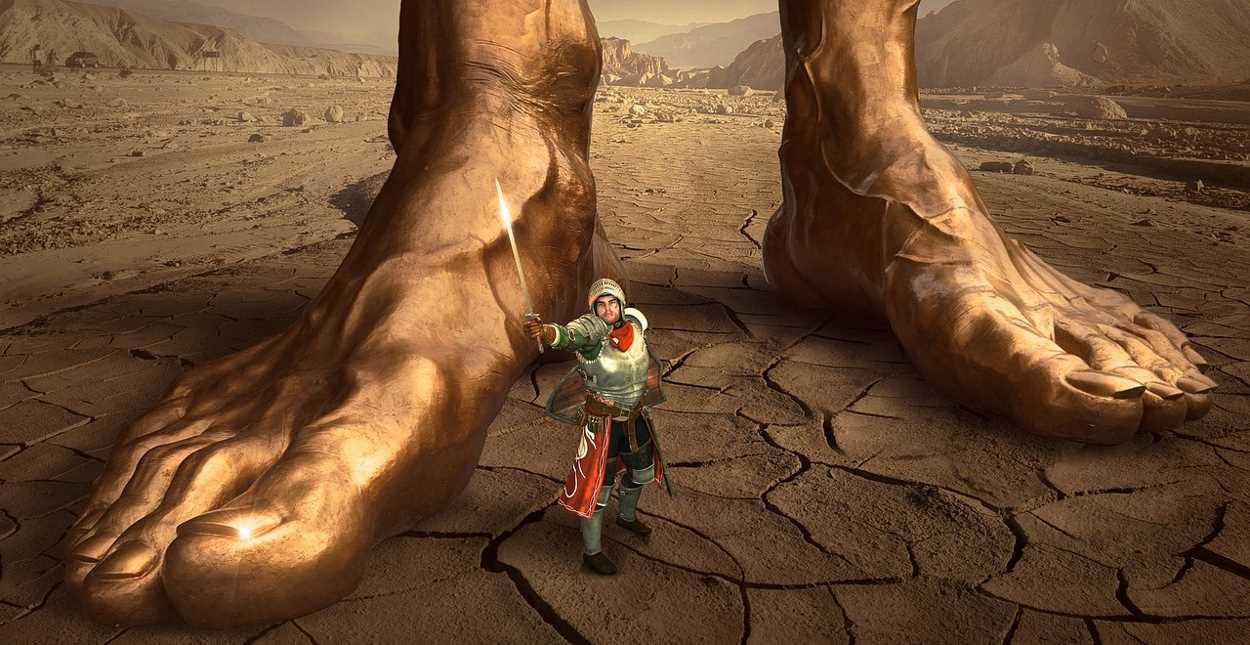The issue many niche software companies face is how to stand apart and get attention when you are competing with the Giants – large companies with huge budgets.
This has been a challenge for us for 25 years. We have learned some things along this journey.
The first lesson is capability. If your product is not capable of delivering what it says on the box, then you will be uncovered as a pure “sales-driven” company. In this day and age, most customers I have met loathe that.
Customers these days are more versed in what they need and expect than they were 30 years ago. They have clarity of the requirements for their business, and do not want to waste time on “slideware” or features that are in your development pipeline.

We hardly ever discuss our development strategy or what we are working on as it's not really relevant to the client's requirement today. We tend to wait until the product is ready to be delivered into mainstream, production-ready implementations before we present it for consideration.
The second lesson is sustainability, it is important that when you offer a software application, or in fact any product, that you maintain relevance to your customer base and ensure that your product is up to date on the latest technology.
A reliable indicator of how well you are really doing is how long your customers stay engaged with your product and continue its use.
Especially with software, keeping up with the constantly evolving landscape of the latest buzz words (think AI or Blockchain), and the constantly changing underlying stack that applications are built on (think the Microsoft stack in our case), requires a clear strategy and disciplined development teams.
The third lesson is continuity. By this I mean: when you do not have a large marketing budget or the deep pockets of investors, you must do one thing very well, and do so over a continuous period of time.
Companies admire continuity of people and clarity around what you do. When you are adding different technology (via acquisition) or positioning the next shiny new thing, the clients only see distraction and a sales pitch. What they want you to do is to remain dedicated to what they originally purchased, and not branch off on tangents.
The last lesson is focus. Remain focused on what you do and do it well. This can be challenging given the constantly evolving noise created by media, and analysts' perspectives on the prediction of future technology. However, it is vital you are not distracted in your strategic vision for your product, and always build what customers want, not what an architect might think they need.

A year ago we embarked on a new journey. The market we were competing in was becoming cluttered with many, many companies trying to be heard in a noise-filled market segment, making all sorts of statements around capabilities.
Each was trying to position themselves as relevant to a potential buyer, and like most, we became lost in the chatter of those who yelled loudest, those with the biggest budgets, or those who paid the most for analyst coverage.
After talking with customers, we found out that they could review 20+ competitors' capabilities before finding us. Those competitors all said they could do what was required. However, on review our customers would find this was not the case. Because our particular capabilities were a match to their needs, we obtained their trust and finally the deal.
So, the great question is: how can you reduce the number of competitors a prospect has to review before they find you?
Our solution is what I call the Island Method.

By this I mean: identify what you do really well, and base this on what clients tell you. A client is not subject to any pre-disposed perspectives on your inherent abilities.
Once you have identified that capability which separates you from competitors, then make sure your entire messaging and website reflect that.
This is creating an island in a sea of competitors. Stand out, state what you do clearly and concisely. Most importantly, be honest about what you do not do, or capabilities you do not have.
Be relentless in your qualification of prospective clients who are not interested in, or need the capabilities that set you apart. These engagements will almost always tie up resources and end in failure.
Always let your client base be your reference and indicator of how capability, sustainably, continuity and focus overcome the Giants, because Giants do none of these very well.





